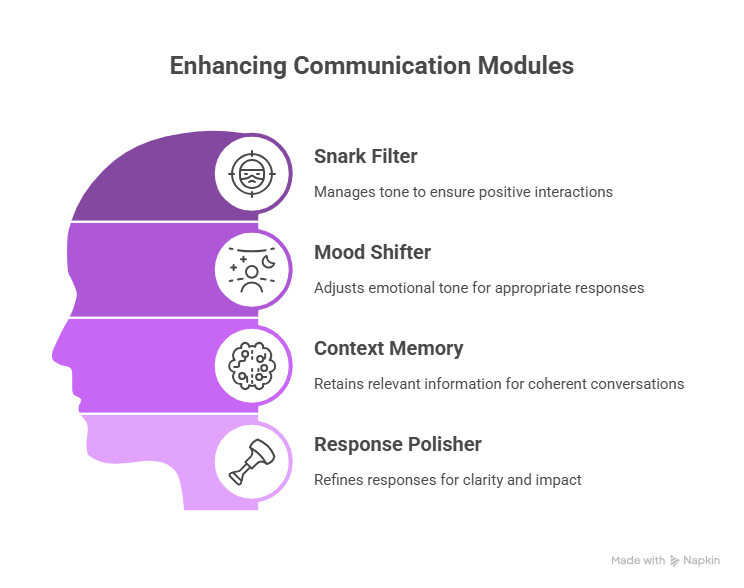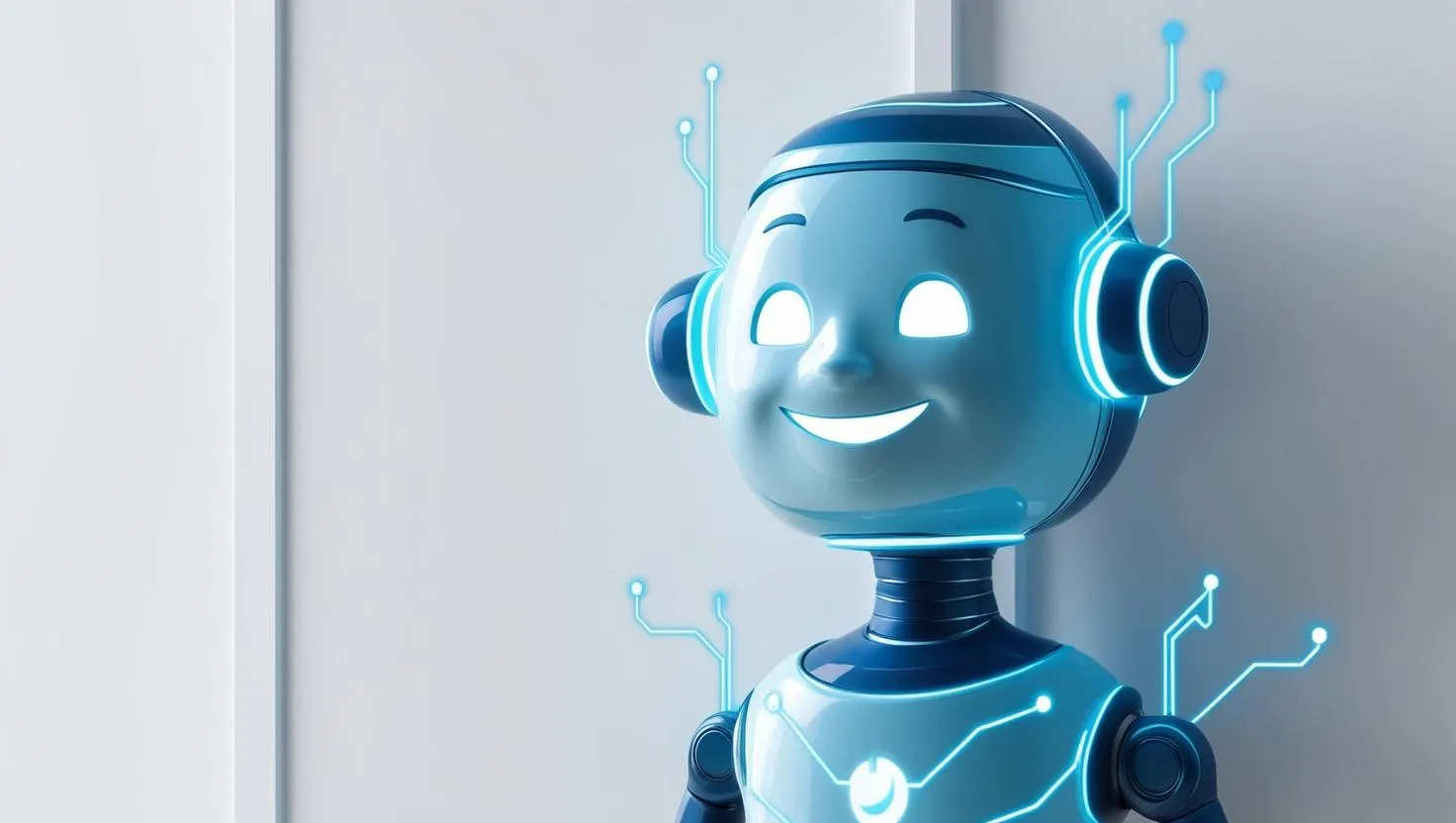Let’s be honest—building yet another bland, monotone chatbot in 2025 is like trying to sell pagers in a smartphone world. Users today expect more than just utility. They want wit. They want spice. They want a chatbot that claps back when asked, “Are you real?” Welcome to the age of personality-driven AI, and at the forefront is Grok: the snarky, meme-fluent chatbot from xAI.
I first stumbled across Grok after it cheekily told someone, “Try Google like the rest of us.” I laughed, hard. That’s when it hit me—a bot that doesn’t just answer but entertains? That’s gold. Whether you’re building a product assistant, a content creator tool, or even a mental health companion, adding attitude gives your bot a fighting chance to stand out in the crowd.
In this blog, you’ll learn how to build your very own Grok clone alternative. I’ll walk you through the tech stack, training tips, tone controls, and everything else you need to give your AI a sassy side. We’ll explore models, datasets, and moderation techniques so you don’t end up with a bot that’s funny but problematic.
So if you’ve ever wanted to build an assistant that responds with “You again?” when someone spams it, stick around. You’re in the right place.
Why Grok-Style Bots Matter in 2025
AI is no longer just about automation; it’s about experience. Grok brought personality to the table, showing that users connect better with bots that feel real. These snarky digital personas offer comic relief, feel less sterile, and spark engagement way beyond what traditional bots do.
For entrepreneurs and tech founders, this isn’t just fun—it’s strategic. A chatbot with attitude keeps users hooked, becomes a viral brand asset, and gives your product a distinct voice. Think of it as a brand mascot that actually talks back.
Step-by-Step: How to Build Your Own Grok Clone
1. Pick Your LLM Backbone
| Provider | Model | Why Use It |
|---|---|---|
| OpenAI | GPT-4 | Great flexibility & fine-tuning |
| Anthropic | Claude 3 | Safer by default, highly trainable |
| Mistral | Mixtral | Open-source, ideal for self-hosting |
| Meta | LLaMA-3 | Customizable, with guardrails |
2. Train It to Be Funny (and a Little Savage)

Start with sarcasm-rich data:
- Reddit threads from r/roastme and r/clevercomebacks
- Twitter/X threads with viral comebacks
- Stand-up comedy transcripts
- TV scripts (The Office, Rick & Morty, Brooklyn 99)
Fine-tune your model with supervised learning and RLHF. Tag data by snark level. Train it to understand when to joke and when to chill.
3. Build the Personality Engine

| Module | Purpose |
| Snark Filter | Controls sarcasm threshold |
| Mood Shifter | Adds emotional tone (grumpy, cheeky, mellow) |
| Context Memory | Tracks past user interactions |
| Response Polisher | Ensures tone stays on-brand |
4. Design an Expressive UI
- Add tone sliders: “Light roast” to “Full savage”
- Emoji feedback: 😐 Meh | 😂 LOL | 😡 Too much
- Color-coded mood indicators
- Response animations (eye-roll emoji, GIF-style reactions)
Use React + TailwindCSS for fast prototyping or go Flutter if you’re cross-platform.
5. Add Moderation & Ethics Layers
A bot that bites can backfire. Here’s how to stay in the safe zone:
- Use Perspective API or Detoxify to filter toxic output
- Add “Safe Mode” toggle for business or kid-friendly contexts
- Store feedback for real-time learning loops
Platform Suggestions by Use Case
| Use Case | Stack Recommendation |
| Brand Bot | GPT-4 + LangChain + custom prompts |
| Meme Page AI | Mixtral + fine-tuned snark repo |
| SaaS Product | Claude + modular tone controls |
| No-Code App | Rasa + OpenAI API + Webflow |
Challenges to Watch Out For
- Too much sass: Users may feel insulted if tone isn’t calibrated
- Hard to train: Sarcasm detection still isn’t perfect
- Scaling humor: What’s funny to one user may offend another
Mitigation? Always give users control. Let them choose how spicy they want their bot.
Conclusion
Grok isn’t just another chatbot—it represents a cultural shift in how we interact with artificial intelligence. It’s bold, witty, unapologetically sarcastic, and, above all, humanlike in the ways that matter most. More than a tech product, Grok is a statement: personality drives engagement, and people don’t just want answers—they want experiences.
At Miracuves, we believe the future of conversational AI lies in bold, engaging, and emotionally intelligent bots. Whether you’re developing in-house or partnering with an expert, now is the time to infuse your brand with a voice that users won’t forget.
So go ahead, build that bot with bite. Just make sure it knows when to stop roasting and start helping.
FAQ: Grok Clone Edition
Q1: Can I build a Grok clone without coding?
Yes, tools like Botpress, Chatlayer, and Rasa offer no-code/low-code options with great flexibility.
Q2: What makes a Grok clone different from ChatGPT?
It’s the tone, baby. Grok clones are trained to be edgy, sarcastic, and more humanlike in personality.
Q3: How do I make sure it doesn’t offend people?
Use sarcasm filters, add user tone settings, and test heavily with diverse groups.
Q4: Is sarcasm good for business bots?
Surprisingly, yes. It creates memorable interactions and viral moments—if used strategically.
Q5: Where do I find sarcastic datasets?
Try Reddit, Twitter/X, and public stand-up scripts. Use humor-based labeling during training.
Q6: Can I monetize a snarky bot?
Yes! Offer it as a content creator tool, embed in products, or license the persona.








